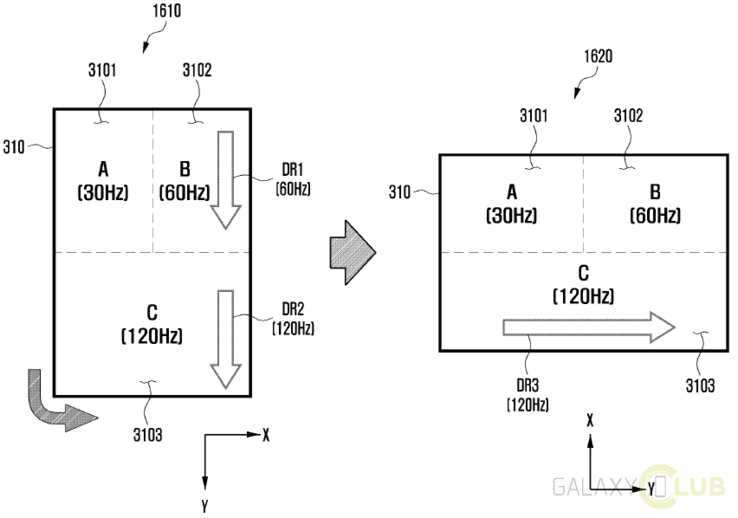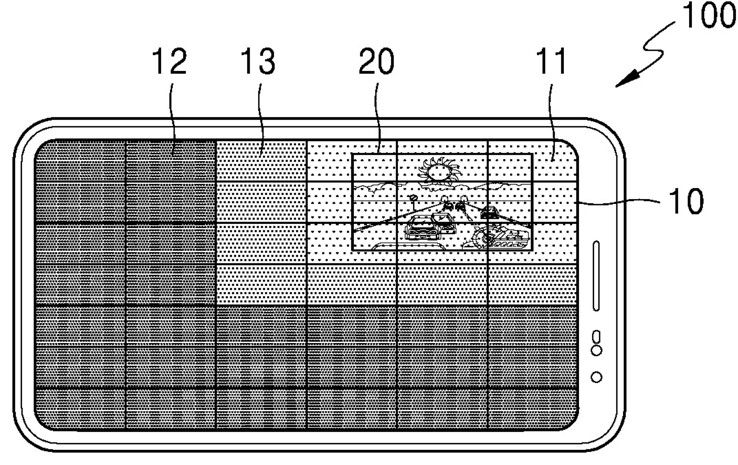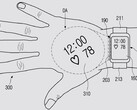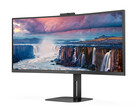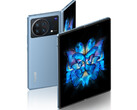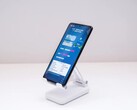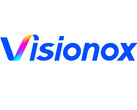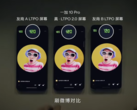Refresh rates (measured in hertz (Hz)) have become one of the latest targets for bragging rights in terms of high-end displays as of late, particularly among mobile device OEMs. However, cranking a screen up to 120Hz or more comes with disadvantages, impacted battery life being chief among them.
Leading manufacturers such as Samsung have come up with answers, the latest and most cutting-edge of which is what it calls "adaptive refresh rate" technology, found in displays with the ability to smoothly adjust their frame-rate on the fly in accordance with the demands of the screen's contents.
Then again, the South Korean giant will almost inevitably want to release the next steps beyond even this cutting-edge LTPO 3.0 technology, and apparently has developed a whole new concept to drop on consumers. According to at least 1 patent linked to the company, it may launch as the "Multiple Refresh Rate" display.
This new technology does more or less what it says on the tin above, depicting a singular panel divided into zones based on their differential refresh rate. According to Samsung's new documentation (approved on July 28, 2022 by KIPRIS in the OEM's native country), the technology is relatively rudimentary with a limited number of zones (and corresponding rates) in its current form; on the other hand, the potential for scaling, as with the evolution of high-end TV or monitor dimming specs, might well be possible in the future.
Its potential advantages are also fairly easy to envision: imagine a screen that could support 120Hz in an area corresponding to a video window, yet stay at 1Hz in the blank space around it. On the other hand, its implementation, not to mention maintenance and integrity as a screen, might get complicated, in terms of needing a veritble plethora of new drivers, connectors, underlying panel layers and so on.
Nevertheless, Samsung will definitely be able to power enthusiasm and interest in the future of display technology with this new patent.





